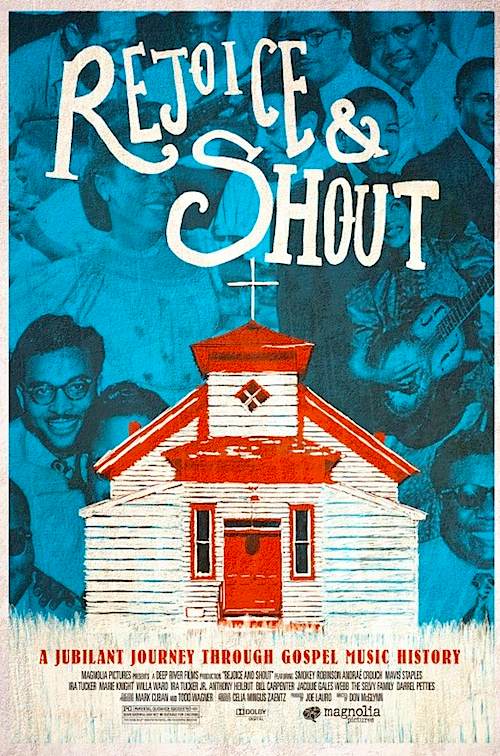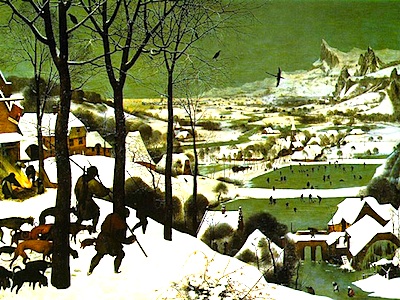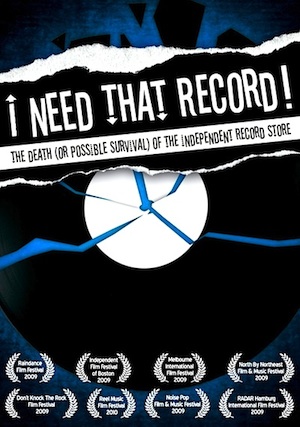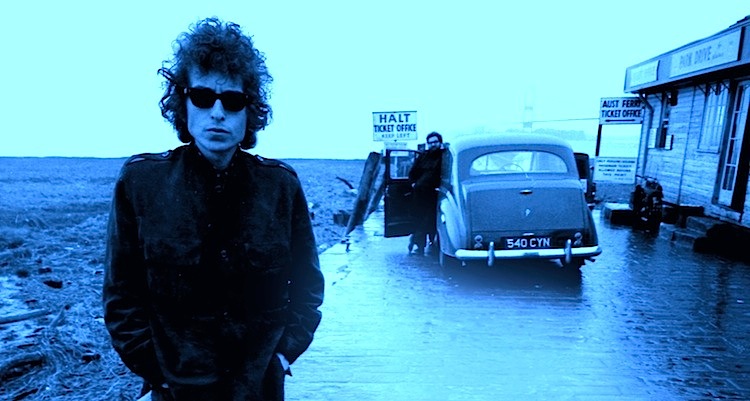By David Ross. My daughter and I heard the Tokens’ “Wimoweh” somewhere or other; this led to Ladysmith Black Mambazo; this in turn led to Miriam Makeba, and ever since we’ve been listening to Makeba day in and out, with no weariness – indeed with ever deepening respect – on the adult side. My daughter wanted to be an ‘African singer’ last Halloween, but we talked her down from this ledge of potential racist scandal, and she wound up going as a ‘Chinese princess.’
 Let me offer a simple conviction: during the 1960s Miriam Makeba was one of the very greatest vernacular artists in the world, in a category with the likes of James Brown, Ray Charles, John Coltrane, Miles Davis, Jimi Hendrix, Charles Mingus, and Thelonius Monk. She might be reasonably compared to Aretha Franklin or Sarah Vaughan, but on the whole she was their superior, combining the former’s soaring voice with the latter’s genius for phrasing, and endowing everything she did with a palpable personal charm. As a politically resonant Third World artist combining native and American idioms, the obvious – and fair – comparison is to Bob Marley.
Let me offer a simple conviction: during the 1960s Miriam Makeba was one of the very greatest vernacular artists in the world, in a category with the likes of James Brown, Ray Charles, John Coltrane, Miles Davis, Jimi Hendrix, Charles Mingus, and Thelonius Monk. She might be reasonably compared to Aretha Franklin or Sarah Vaughan, but on the whole she was their superior, combining the former’s soaring voice with the latter’s genius for phrasing, and endowing everything she did with a palpable personal charm. As a politically resonant Third World artist combining native and American idioms, the obvious – and fair – comparison is to Bob Marley.
Here (see above) is a tremendous clip associated with Makeba’s appearance in Stockholm in 1966. The concert is available as a DVD import titled Miriam Makeba Live at Bern’s Salonger (I purchased mine from Amazon.co.uk), but the film does not include this sequence. I gather that Makeba appeared on TV in support of the concert proper. The clip features two tremendous songs and some comments on the arch-nastiness of the racial politics of South Africa, with Makeba herself utterly fetching in her duality of girlishness and loftiness. This second clip, a bossa nova delight from the live appearance at Bern’s Salonger, highlights Makeba’s remarkable versatility. This third clip drives home her capacity for massive, earth-shaking grooves.
Enjoy this material while you can. YouTube has lately been stripped of Makeba material.
The core of Makeba’s sixties output is available on three CD sets that repackage seven of her albums. These sets are a must for anyone with a serious interest in twentieth-century music, as indispensible as Live at the Apollo and Kind of Blue.
Posted on June 11th, 2011 at 9:23am.




